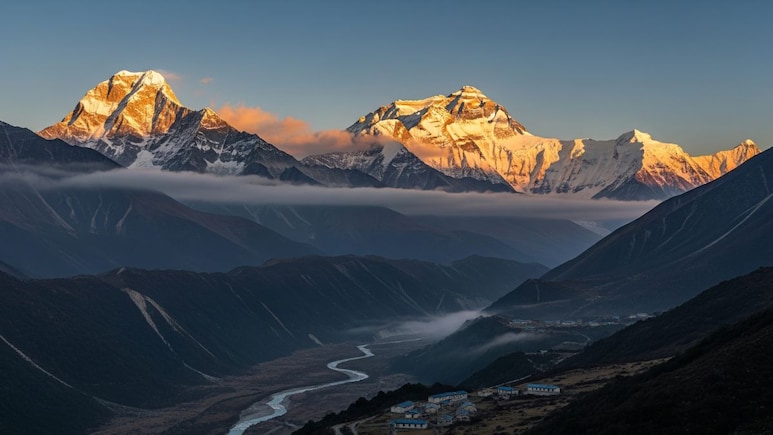
There is something deeply calming about the Himalayas. The air carries a subtle pine scent, the valleys look like they belong on a postcard, and the roadside steaming hot Maggi tastes inexplicably better. Whether you are travelling to Himachal, Uttarakhand, or heading further northeast to Sikkim or Arunachal, one question often pops up - should you take the train or go by road? Trains offer a slow, scenic route filled with old-world charm, while roads give you spontaneity and access to lesser-known destinations. Some travellers swear by the romance of a rail ride, while others prefer the freedom of being behind the wheel. If you are planning a trip to the mountains, here is a breakdown of what works best for your type of travel: train or road.
Also Read: 7 Affordable European Countries Indians Can Visit On A Budget
Advantages Of Taking The Train To The Himalayas
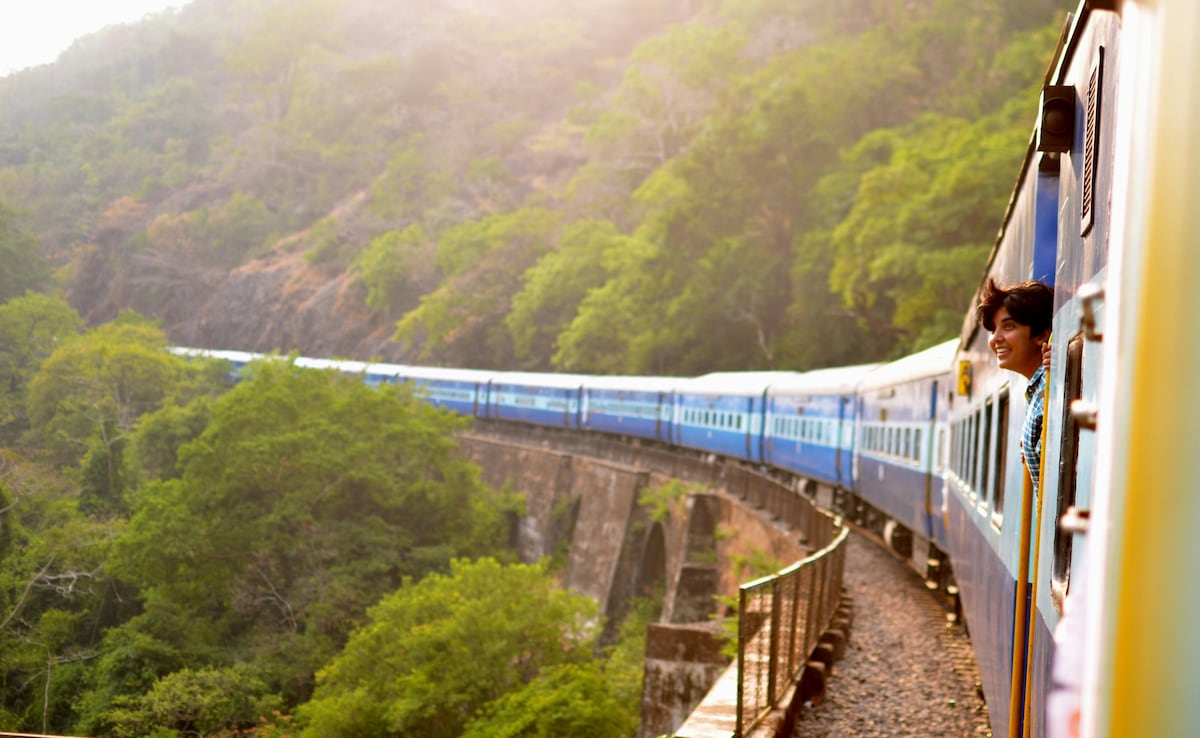
Photo: Unsplash
Less Exhaustion: Travelling to the Himalayas via train can be far less tiring. Iconic routes such as the Kalka–Shimla Toy Train or the Darjeeling Himalayan Railway allow you to sit back, sip chai, and take in the scenery—without the effort of navigating winding roads.
Budget-Friendly Travel Option: Trains are ideal for those travelling on a budget. Sleeper and 2AC classes are significantly cheaper than flights or car rentals, making them a sensible choice for cost-conscious travellers.
Heritage Experience: Many of these mountain railways date back over a century, complete with wooden stations and tunnels. Some, such as the Darjeeling Himalayan Railway, are even designated as UNESCO World Heritage Sites, adding to their charm.
Limitations Of Train Travel In The Himalayas
While the train journey is beautiful, it only takes you part of the way. To reach high-altitude towns, remote villages, or offbeat stays, you will still need to take a taxi, shared jeep, or bus. The last-mile connectivity is almost always road-based.
Why Travelling By Road Works For The Himalayas
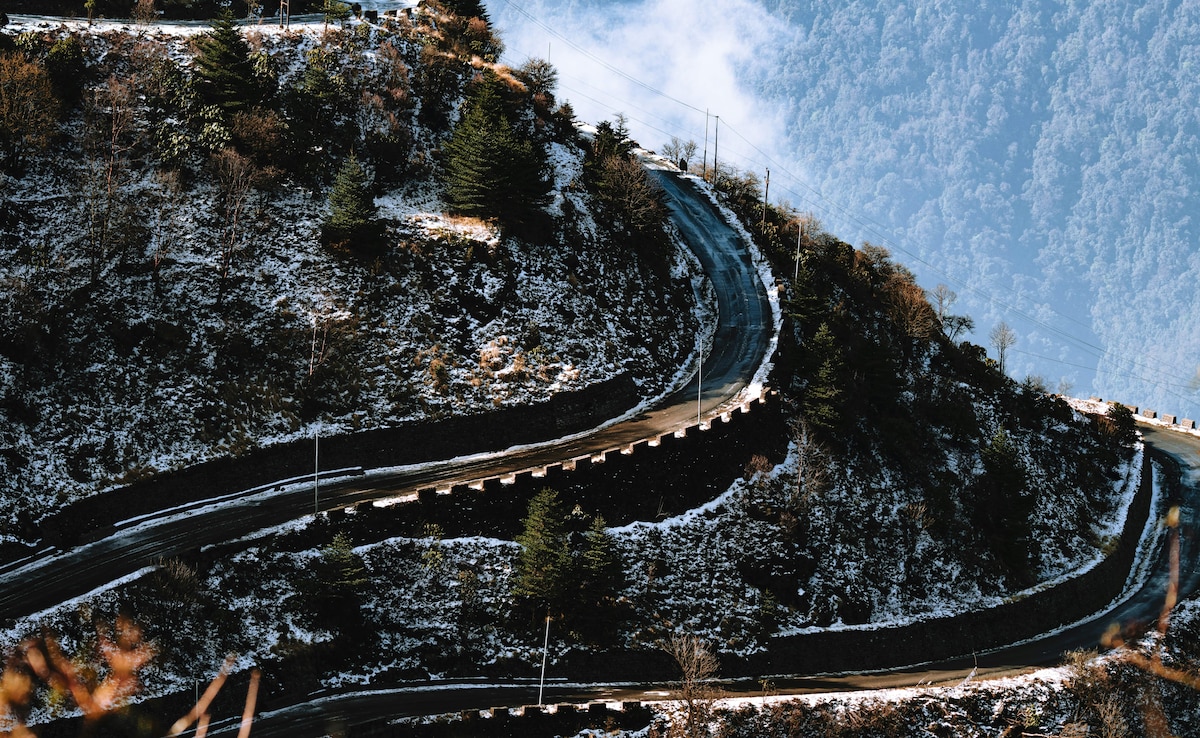
Photo: Unsplash
Flexibility To Stop And Wander: Driving gives you the freedom to stop wherever you like. You can pull over for a photo with a herd of yaks, extend your stay in a scenic village, or take spontaneous detours to places not on the map.
Access To Remote Mountain Regions: Some Himalayan gems such as Spiti Valley, Tawang, and other far-flung regions are accessible only by road. If you wish to travel deep into the mountains, roads are your best bet.
Shared Experiences And Road Trip Memories: Road trips come with their own perks—car karaoke, inside jokes, snack stops, and total control over the playlist. It is a shared adventure that builds lasting memories.
Drawbacks Of Travelling By Road In The Himalayas
The mountains can be unpredictable. Road travel often means dealing with hairpin bends, potential landslides, and abrupt weather shifts. If you are not comfortable with long hours in a vehicle or if you have motion sickness, this could be challenging.
Train Or Road: Which Is Best For The Himalayas?
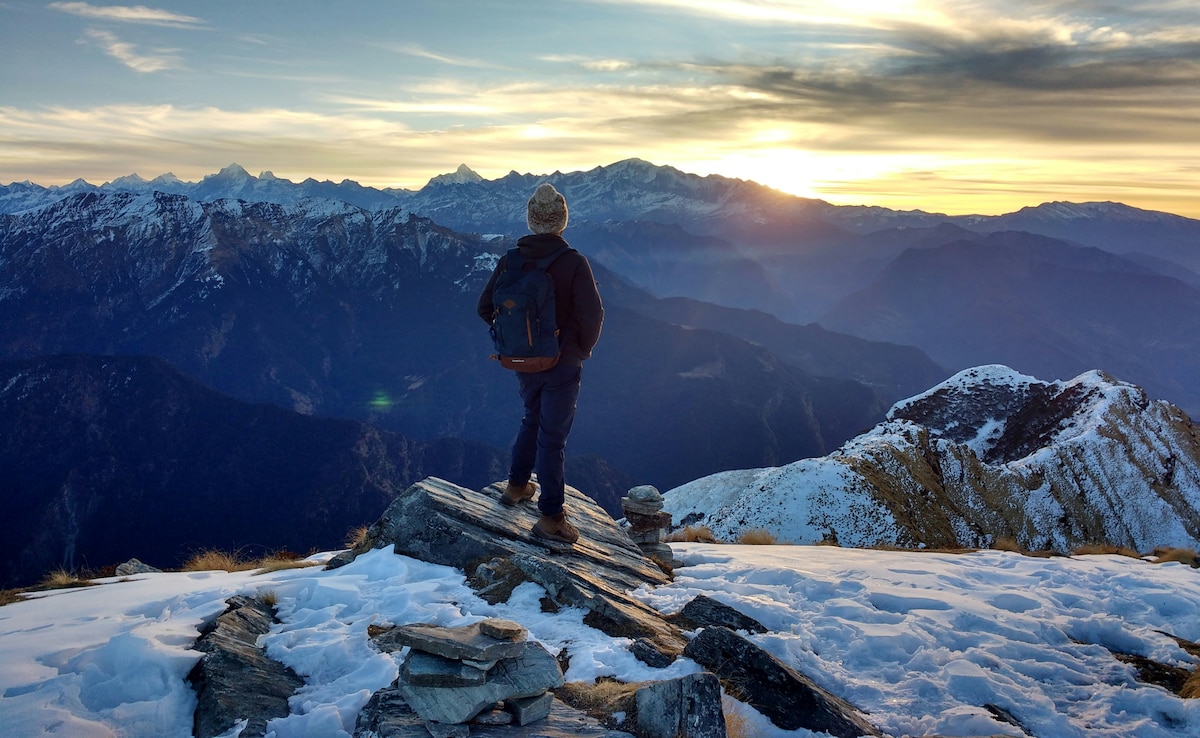
Photo: Unsplash
The most immersive way to experience the Himalayas is on foot—but that is not always practical. Between trains and roads, your choice depends on your comfort and travel style.
Choose train travel if you prefer a calm, effortless journey filled with scenic beauty and nostalgic vibes. These journeys are more passive and restful.
Choose road travel if your itinerary includes remote areas, or if you enjoy spontaneity and active travel. It is ideal for travellers who like flexibility and do not mind unpredictable elements.
For the most balanced experience, many travellers prefer taking the train to the foothills and switching to a road trip for the deeper parts of the mountains. It combines comfort with adventure, covering both scenic and practical aspects.
How To Plan A Budget Trip To The Himalayas
Budget-friendly Himalayan trips are absolutely doable if you are willing to plan smartly.
Opt for trains and state-run buses instead of flights or private taxis.
Stay in government guesthouses, homestays, or dormitories in towns such as Kaza, Tawang, or Kasar Devi.
Travel in shoulder seasons (March and November) for lower accommodation rates.
Carry your own snacks and refillable bottles to reduce food and water costs.
Avoid peak holiday weekends to save on transport and hotel expenses.
Even a week-long Himalayan trip can be done under ₹10,000 if planned well.
Train And Road Connectivity From Major Indian Cities
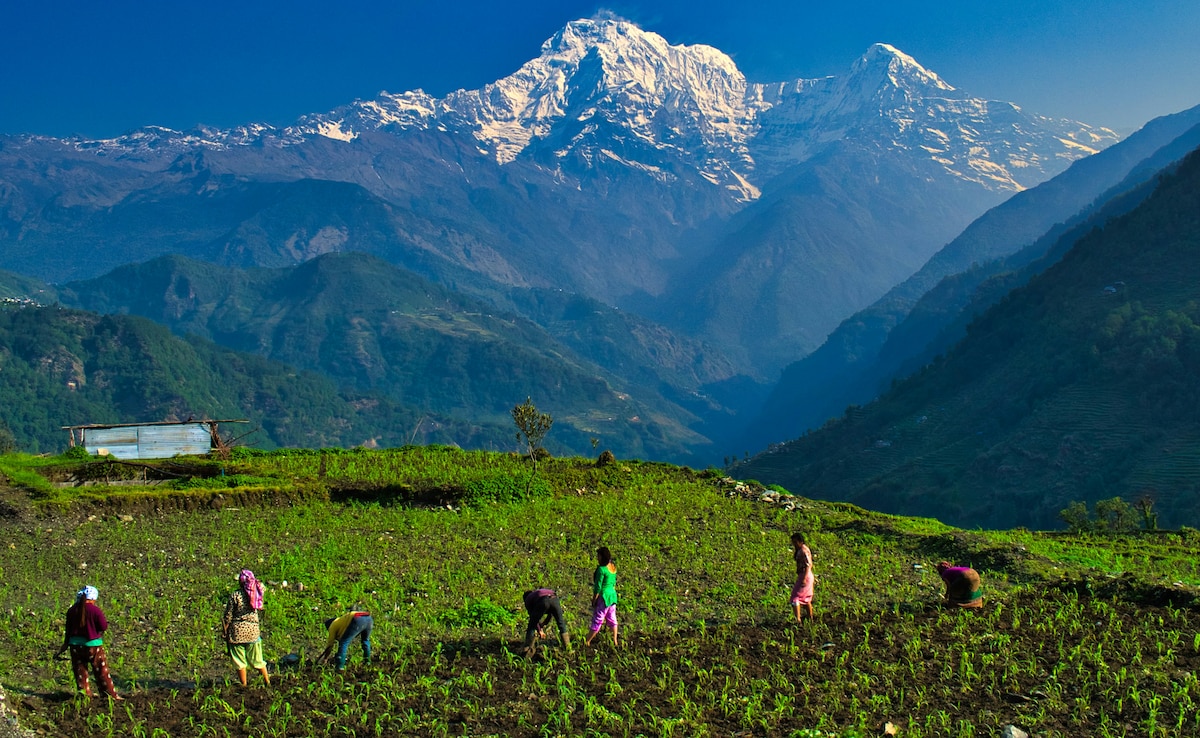
Photo: Unsplash
You can reach the Himalayas conveniently from most major metros using a mix of train and road transport:
From Delhi: Trains to Kathgodam (for Nainital), Kalka (for Shimla), Pathankot (for Dharamshala), and NJP (for Gangtok via flight or train).
From Mumbai: Fly or take a train to Delhi, then connect to your onward destination as above.
From Kolkata: Direct trains to New Jalpaiguri, then road to Sikkim and North Bengal hills.
From Bangalore: Flights to Delhi or Kolkata, then train or bus to the Himalayan belt.
Planning the right intermodal route saves both time and money.
Is It Safe To Travel To The Himalayas By Train Or Road?
Yes, it is generally safe, but with some precautions.
Avoid late-night road travel in the hills due to fog, animal crossings, and blind curves.
During monsoon (July to September), check for weather warnings and landslide alerts, especially in Uttarakhand, Himachal, and Sikkim.
If you are travelling solo, stick to popular routes and well-reviewed accommodations.
Rail journeys are considered safe, especially in sleeper and AC compartments on main routes.
Always keep emergency contacts and local helpline numbers handy.
Preparedness makes a big difference in mountain safety.
Best Time Of Year To Travel To The Himalayas
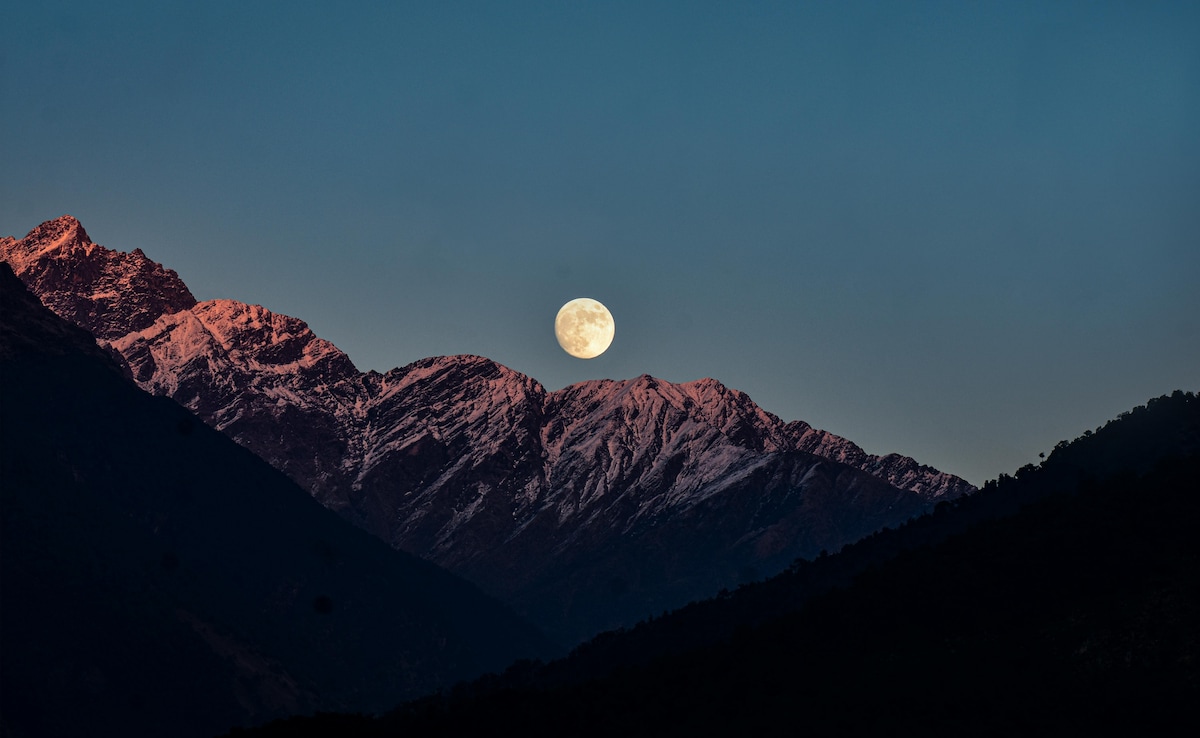
Photo: Pexels
Summer (April to June): Pleasant weather with snow in higher altitudes makes summer perfect for sightseeing and trekking.
Monsoon (July to September): The valleys turn lush and green, but the chances of landslides increase. This season is better suited for shorter trips and low-altitude destinations.
Autumn (October to November): Crisp air, clear skies, and thinner crowds make this season ideal for photography and peaceful travel.
Winter (December to February): If snow is what you are after, winter is magical. However, many roads and mountain passes may be closed due to heavy snowfall.
How To Reach The Himalayas By Train
Several scenic train routes take you to the Himalayan foothills. Some of the most notable include:
Darjeeling Himalayan Railway
Himalayan Queen (Kalka–Shimla)
Garhwal Express
Kashmir Valley Railway (Udhampur–Srinagar–Baramulla Rail Link)
Kangra Valley Railway
These trains connect well with major towns in the Himalayan belt, and you can continue the rest of your journey by road.
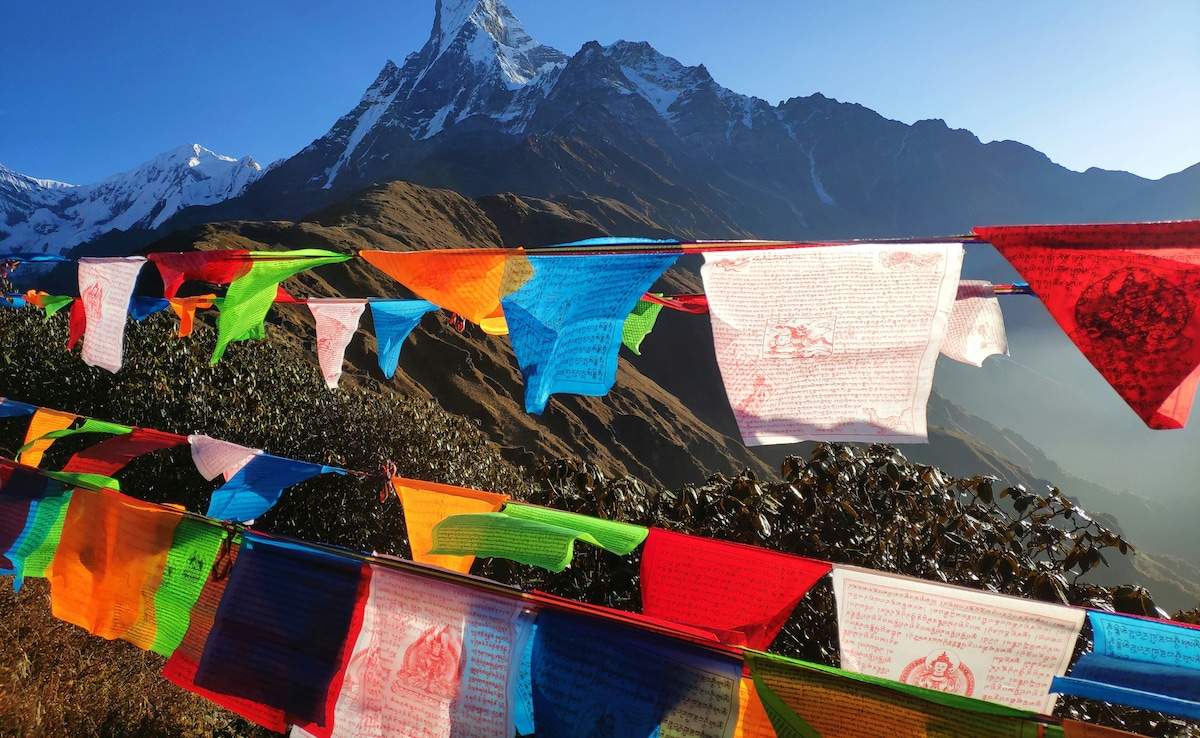
Photo: Unsplash
Also Read: 7 Cities Around The World Where Food Is The Only Itinerary That Matters
Travelling Alone To The Himalayas? Start Small
If you are planning a solo trip to the Himalayas, consider starting with short treks. A two or three-day hike is ideal to test your comfort with solo travel and also helps you learn how to pack smartly and assess your physical readiness.
What To Pack For A Trip To The Himalayas
Warm layers, even in summer—the weather can shift quickly.
Waterproof jacket and sturdy trekking shoes.
Dry snacks and a refillable water bottle.
Power bank for your phone and camera.
Basic medication—especially for motion sickness and fever.
Offline maps in case of poor or no mobile network.
Whether you choose train or road, your Himalayan holiday depends entirely on your itinerary, comfort level, and pace of travel. There is no single right way—just your way. Safe travels and enjoy the mountains.
Track Latest News Live on NDTV.com and get news updates from India and around the world

